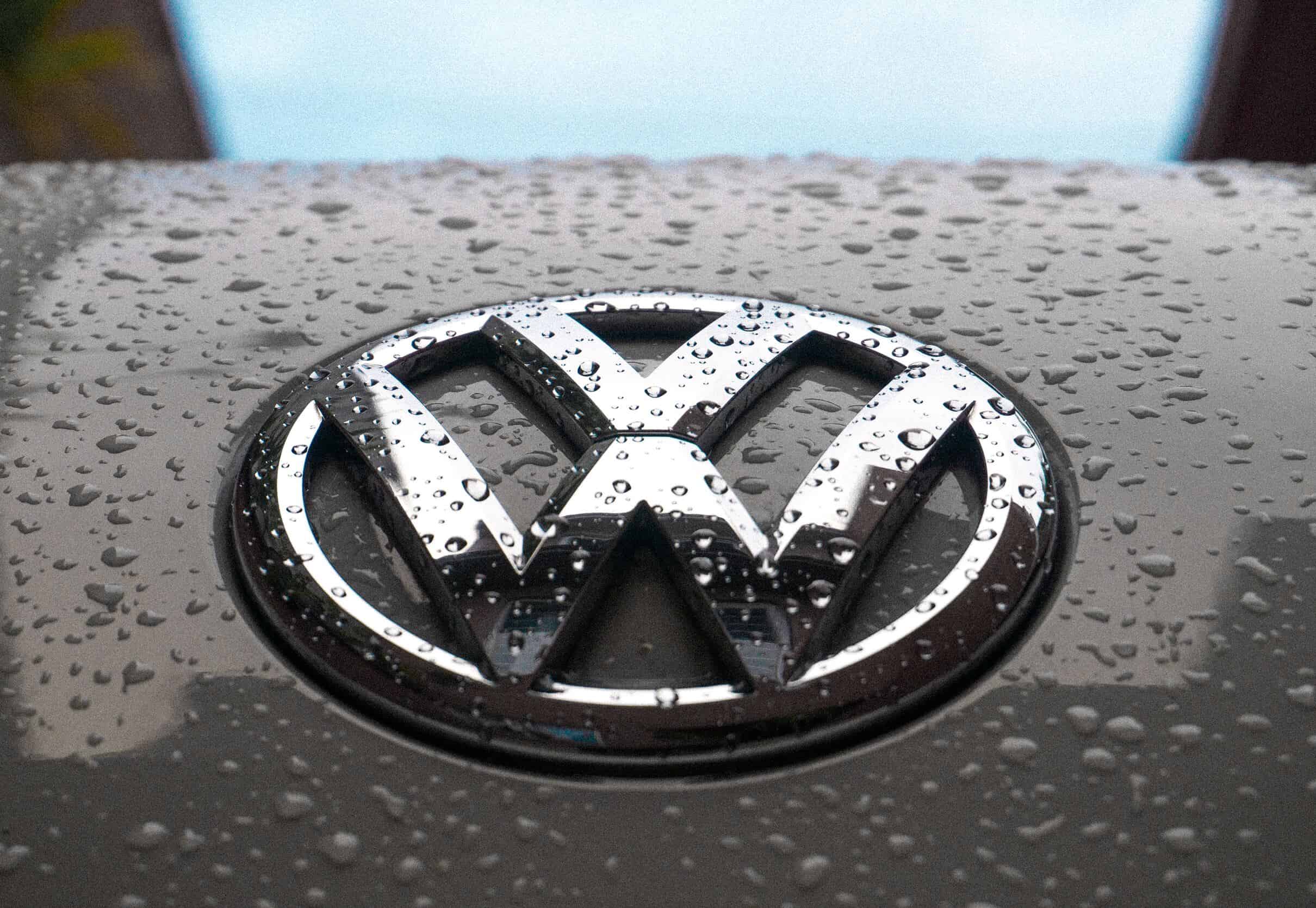In the ever-evolving landscape of the automotive industry, innovation and adaptability are key to staying competitive. One of the most significant recent developments in this arena comes from Volkswagen, a global automotive giant, which has made a ground-breaking move by dramatically reducing its new car development times to just 36 months. This bold decision has far-reaching implications, not only for Volkswagen but for the industry as a whole. In this article, we will explore Volkswagen’s strategy, the benefits of this ambitious move, and the potential impact on the future of car development.

The Traditional Car Development Timeline
Historically, the development of a new car has been a lengthy and intricate process. From initial concept to the final production-ready model, it could take several years for an automaker to bring a new vehicle to market. This extended timeline was influenced by various factors, including meticulous design and engineering, rigorous testing and validation, and the need to comply with safety and emissions regulations.
Volkswagen’s Game-Changing Decision
Volkswagen’s decision to slash new car development times to just 36 months represents a significant departure from this conventional approach. This accelerated timeline reflects the automaker’s determination to remain agile in a rapidly changing industry. But how exactly does Volkswagen plan to achieve such a dramatic reduction in development times and Does this affect the car financing options?
1. Digitalisation and Virtual Development
One of the key enablers of this shift is the increased use of digitalisation and virtual development. Advanced computer-aided design (CAD) tools, simulation software, and virtual testing environments allow engineers to design, prototype, and evaluate vehicles in a digital space. This reduces the need for physical prototypes, streamlining the development process.
2. Parallel Development
Volkswagen has also embraced parallel development, which involves multiple teams working on various aspects of a vehicle’s design and engineering simultaneously. Instead of a linear progression, where one stage must be completed before the next begins, parallel development allows for overlapping phases, significantly reducing the overall timeline.
3. Standardised Platforms
Standardised vehicle platforms are another critical component of Volkswagen’s strategy. By utilising common platforms across multiple models, the automaker can save time and resources in the development phase. This approach is not unique to Volkswagen but has become a standard practice in the industry.
4. Streamlined Decision-Making
Efficient decision-making processes are essential for quickening development times. Volkswagen has implemented measures to ensure that decision-makers have the information they need promptly and can make choices swiftly, minimising delays.
5. Global Collaboration
Collaboration on a global scale is vital in today’s automotive industry. Volkswagen leverages its worldwide network of design and engineering teams to work collaboratively, harnessing a diverse range of skills and perspectives.
The Benefits of Accelerated Development
Volkswagen’s decision to slash development times to 36 months offers several notable advantages:
1. Competitive Edge
The automotive industry is highly competitive, and consumers’ preferences are evolving rapidly. By bringing new models to market more quickly, Volkswagen can better respond to changing trends and consumer demands, gaining a competitive edge over rivals.
2. Cost Savings
Reducing development times can result in significant cost savings. Shorter development cycles mean less time and resources are required, leading to more efficient use of resources and potentially lower production costs.
3. Environmental Impact
Faster development can also have positive environmental effects. By reducing the time it takes to bring a new, more fuel-efficient or electric vehicle to market, Volkswagen can contribute to reducing carbon emissions and combating climate change more effectively.
4. Improved Agility
The ability to develop vehicles more quickly enhances Volkswagen’s overall agility as a company. It can respond promptly to emerging market trends, technological advancements, and regulatory changes, allowing for greater flexibility in its product offerings.
5. Enhanced Customer Satisfaction
Consumers today have come to expect frequent updates and improvements in the products they buy. Accelerated development means that customers can access the latest technologies and features sooner, enhancing their satisfaction with Volkswagen vehicles.
The Potential Impact on the Industry
Volkswagen’s move to reduce development times to 36 months has the potential to set a new benchmark in the automotive industry. Other automakers are likely to take note and consider similar strategies to remain competitive. Here are some potential industry-wide implications:
1. Rapid Technological Advancements
The automotive industry is on the cusp of significant technological advancements, including electric vehicles (EVs), autonomous driving, and connected car technologies. Volkswagen’s accelerated development approach could accelerate the adoption of these technologies across the industry.
2. Increased Collaboration
As automakers seek to shorten development times, collaboration between companies and even across industries may become more common. This could lead to partnerships and alliances that drive innovation and reduce duplication of effort.
3. Changing Workforce Demands
The shift towards faster development times may also impact the skills and expertise required in the automotive workforce. There may be a growing demand for professionals well-versed in digitalisation, virtual development, and rapid decision-making.
4. Consumer Expectations
As automakers accelerate their development cycles, consumers may come to expect more frequent updates and enhancements in their vehicles. This could reshape the way manufacturers and dealerships interact with customers.
Conclusion
Volkswagen’s decision to slash new car development times to 36 months is a testament to the company’s commitment to innovation and adaptability in a fast-paced industry. It reflects the transformative power of digitalisation, parallel development, standardised platforms, streamlined decision-making, and global collaboration.
This bold move not only positions Volkswagen as a frontrunner in the automotive industry but also has the potential to influence the entire sector. As the industry embraces faster development cycles, consumers can anticipate more frequent access to cutting-edge technologies and vehicles that better meet their evolving needs and preferences. Ultimately, Volkswagen’s strategy highlights the dynamic nature of the automotive industry, where agility and innovation are paramount to success. Choose My Car like to keep up to-date with news relating to Automakers like Volkswagen, so the readers are always in the loop.





